

Articles
How To Store Vital Wheat Gluten
Modified: December 7, 2023
Learn how to properly store vital wheat gluten to maintain its freshness and extend its shelf life. Find helpful articles and tips on storing this essential ingredient for your baking needs.
(Many of the links in this article redirect to a specific reviewed product. Your purchase of these products through affiliate links helps to generate commission for Storables.com, at no extra cost. Learn more)
Introduction
Welcome to this comprehensive guide on how to store vital wheat gluten. If you’re a fan of baking or following a gluten-free diet, you may be familiar with this versatile ingredient. Vital wheat gluten is a protein-rich powder extracted from wheat flour, commonly used to improve the texture and elasticity of bread and other baked goods.
However, like many food products, proper storage is crucial to maintain its quality and extend its shelf life. In this article, we will explore the importance of storing vital wheat gluten correctly and provide step-by-step instructions to help you keep it fresh for as long as possible.
Before we dive into the details of proper storage, let’s first understand what vital wheat gluten is and why it is essential to store it correctly.
Key Takeaways:
- Properly storing vital wheat gluten is essential to maintain its freshness, extend its shelf life, and preserve its nutritional value, ensuring optimal baking performance and cost-effectiveness.
- By following the six steps outlined in this guide, you can confidently store vital wheat gluten, keeping it fresh, flavorful, and ready for use in your baking endeavors.
Read more: How To Store Cream Of Wheat
What is Vital Wheat Gluten?
Vital wheat gluten, also known as gluten flour or wheat gluten, is a powdered substance derived from wheat flour. It is made by washing wheat flour dough with water until all the starch is removed, leaving behind a sticky and elastic mass of pure gluten. The gluten is then dried and ground into a fine powder.
Gluten is the protein component found in wheat and other related grains such as barley and rye. It is responsible for the elasticity and structure in dough, giving bread its chewy texture. Vital wheat gluten is often used as an additive in baking to improve the rise and texture of baked goods, especially those made with low-gluten flours like whole wheat or rye.
Aside from its binding properties, vital wheat gluten is an excellent source of plant-based protein, making it a popular ingredient for vegans and vegetarians. It can also be used as a meat substitute in recipes such as seitan, a plant-based protein alternative that resembles the texture of meat.
Due to its protein content and desired baking properties, vital wheat gluten has a long shelf life. However, proper storage is crucial to maintain its freshness and quality over time.
Why is Proper Storage Important?
Properly storing vital wheat gluten is essential for several reasons:
- Preserve Freshness: Storing vital wheat gluten in the right conditions helps preserve its freshness, flavor, and texture. When exposed to unfavorable storage conditions, such as heat, moisture, or air, the gluten may lose its quality and become stale or rancid.
- Extend Shelf Life: By storing vital wheat gluten properly, you can extend its shelf life and ensure its usability for a more extended period. Fresh and properly stored gluten can last for up to a year, allowing you to use it whenever you need it without compromising its quality.
- Cost-Effective: Properly storing vital wheat gluten can save you money in the long run. By preventing spoilage and maintaining its quality, you won’t have to throw away expired or spoiled gluten, thereby avoiding unnecessary waste and the need to purchase new supplies frequently.
- Preserve Nutritional Value: Proper storage conditions help maintain the nutritional value of vital wheat gluten. The gluten is rich in protein, fiber, iron, and other essential nutrients. By keeping it properly stored, you can ensure that these nutrients remain intact, providing you with maximum nutritional benefits.
- Maintain Baking Performance: Vital wheat gluten is often used as an ingredient in baking to enhance the texture, rise, and structure of baked goods. By storing it correctly, you can ensure consistent and optimal baking performance, resulting in delicious and successful baking projects.
Now that we understand the importance of proper storage, let’s dive into the step-by-step instructions on how to store vital wheat gluten correctly.
Step 1: Choosing the Right Container
When it comes to storing vital wheat gluten, choosing the right container is crucial for maintaining its freshness and quality. Here are some considerations when selecting a suitable container:
- Airtightness: Opt for a container that provides a tight seal to prevent air from entering and moisture from escaping. The airtight seal will help keep the gluten dry and protected from external factors that could compromise its quality.
- Durable Material: Look for containers made of durable materials that can withstand the test of time and prevent potential damage or breakage. Plastic, glass, or metal containers with a sturdy construction are excellent options for storing vital wheat gluten.
- Size: Choose a container that matches the quantity of vital wheat gluten you intend to store. It is better to have a container with some empty space to allow for proper airflow and prevent compression of the gluten powder.
- Transparency: Consider using a container that is not transparent or has a dark covering. This will help protect the gluten from exposure to light, which can degrade its quality over time.
- Easy to Clean: Select a container that is easy to clean and maintain. Avoid containers with complex designs or crevices that can trap moisture or residue, as this can lead to the growth of mold or bacteria.
Once you have chosen the right container, it’s time to move on to the next step: keeping the vital wheat gluten in a cool and dry place.
Step 2: Keeping the Gluten in a Cool and Dry Place
After selecting the appropriate container, the next step in proper vital wheat gluten storage is to ensure it is kept in a cool and dry place. Here are some tips on maintaining the ideal storage environment:
- Avoid Heat: Heat can accelerate the degradation of vital wheat gluten and reduce its shelf life. Therefore, it is essential to store it away from direct sunlight or any heat sources, such as stovetops, ovens, or radiators. Choose a storage location that is cool and temperature-controlled.
- Low Humidity: Moisture is the enemy of proper gluten storage. Excessive humidity can cause the gluten to clump or develop mold. Keep the container in a dry environment with low humidity levels. Avoid storing it in areas with high moisture, such as near sinks, dishwashers, or humidifiers.
- Consistent Temperature: Fluctuating temperatures can adversely affect the quality and consistency of vital wheat gluten. Aim for a storage area that maintains a stable temperature, preferably around 50°F to 70°F (10°C to 21°C). Avoid areas prone to temperature fluctuations, such as near windows or doors.
- Avoid Refrigeration: While it may seem logical to store vital wheat gluten in the refrigerator, it is not necessary. Refrigeration can introduce moisture and condensation, negatively impacting the gluten’s texture and potentially causing it to spoil. A cool and dry pantry or cupboard is sufficient for storage.
By keeping the gluten in a cool and dry place, you can maintain its freshness and prevent deterioration. The next step involves sealing the container properly to prevent air and moisture from entering.
Store vital wheat gluten in an airtight container in a cool, dry place, away from direct sunlight. This will help to maintain its freshness and extend its shelf life.
Read more: How To Store Wheat Berries
Step 3: Sealing the Container Properly
Once you have chosen the right container and found a suitable storage location, the next step in storing vital wheat gluten is to ensure that it is properly sealed. Sealing the container is essential for keeping out air and moisture, which can compromise the quality and shelf life of the gluten. Here are some tips on sealing the container effectively:
- Tight-Fitting Lid: Make sure the container has a lid that fits snugly and forms an airtight seal. This will prevent air from entering and moisture from escaping, keeping the gluten fresh and dry.
- Lid Gasket or Seal: Some containers come with built-in gaskets or seals that provide an extra layer of protection against air and moisture. If your chosen container does not have this feature, consider using a separate food-grade seal or wrap the lid with plastic wrap to create a tighter seal.
- Secure Closure: Ensure that the lid is securely closed and tightly fastened after each use. This will prevent any accidental opening of the container and exposure to air or moisture.
By properly sealing the container, you can minimize the risk of air and moisture entering, preserving the quality and shelf life of the vital wheat gluten. The next step is to protect the gluten from exposure to light and oxygen.
Step 4: Avoiding Exposure to Light and Oxygen
Protecting vital wheat gluten from exposure to light and oxygen is crucial to maintaining its freshness and quality over time. Light and oxygen can cause oxidation, leading to the degradation of the gluten and potential spoilage. Here’s how to avoid exposure to light and oxygen:
- Dark Storage: Store the container in a dark area or use an opaque container to shield the gluten from direct light. Light can accelerate the breakdown of nutrients and affect the flavor and texture of the gluten.
- Absorbent Packet: Place a food-grade oxygen absorber packet or a silica gel packet inside the container to absorb any residual moisture or oxygen. This will help maintain a low-oxygen environment and extend the shelf life of the vital wheat gluten.
- Minimize Air Exposure: When using the gluten, try to minimize the amount of time the container is open. Oxygen from the air can cause the gluten to deteriorate faster. Scoop out the required amount quickly and immediately seal the container.
- Use Smaller Portions: Consider dividing the vital wheat gluten into smaller portions if you do not use it frequently. This way, you can open and expose only the necessary amount, rather than the entire container, every time you need it.
By protecting the vital wheat gluten from light and oxygen, you can ensure its longevity and maintain its quality. However, it is essential to keep the gluten away from strong odors as well, which is the next step in proper storage.
Step 5: Storing Away from Strong Odors
When storing vital wheat gluten, it’s important to keep it away from strong odors that can easily permeate the powder and affect its flavor. Here are some tips to ensure that the gluten remains free from undesirable smells:
- Separate Storage: Store vital wheat gluten in a separate container or cupboard, away from other food items with potent aromas. Spices, onions, garlic, and strong-smelling ingredients can transfer their odors to the gluten, compromising its taste and quality.
- Airtight Containers: Make sure the container you choose provides a sturdy and airtight seal. This will not only help keep air and moisture out but also prevent the penetration of strong odors from the surrounding environment.
- Keep Away from Cleaning Products: Avoid storing vital wheat gluten near cleaning supplies or chemicals, as they can emit strong odors that may be absorbed by the gluten. Opt for a storage location that is free from any potential sources of strong smells.
By storing vital wheat gluten away from strong odors, you can ensure that it retains its natural flavor and remains free from unwanted scents. The final step in proper storage is to regularly check for signs of spoilage.
Step 6: Checking for Signs of Spoilage
Regularly checking for signs of spoilage is an essential step in properly storing vital wheat gluten. While the gluten has a long shelf life, it is still important to ensure its quality and freshness before using it in your recipes. Here are some signs to watch for:
- Off Odor: If the gluten has developed an unusual or foul smell, it may indicate spoilage. It should have a mild and slightly nutty aroma. If you notice any unpleasant or rancid odor, it is best to discard it.
- Discoloration: Fresh vital wheat gluten is typically pale yellow in color. If you observe any significant changes in color, such as darkening or the presence of mold or dark spots, it is a clear indicator of spoilage, and the gluten should not be used.
- Texture Changes: Fresh vital wheat gluten has a smooth and powdery texture. If you notice clumping, stickiness, or a change in texture, it may indicate moisture has entered the container, leading to clumping or potential spoilage.
- Insect Infestation: Check for any signs of insect infestation, such as the presence of bugs or larvae in the container. Insects can contaminate the gluten and render it unfit for consumption.
Remember, if you observe any of these signs of spoilage, it is best to err on the side of caution and discard the affected vital wheat gluten. Always prioritize safety and quality when storing and using food products.
By following these six steps to store vital wheat gluten properly – choosing the right container, keeping it in a cool and dry place, sealing the container, avoiding exposure to light and oxygen, storing away from strong odors, and checking for signs of spoilage – you can ensure that your gluten remains fresh, flavorful, and ready for use in your baking endeavors.
Now that you’re equipped with the knowledge of how to store vital wheat gluten, you can confidently enjoy the benefits of this versatile ingredient and create delicious baked goods to delight your taste buds.
Happy baking!
Read more: How To Store Homemade Gluten Free Bread
Conclusion
Properly storing vital wheat gluten is crucial for maintaining its freshness, quality, and nutritional value. By following the six steps outlined in this guide – choosing the right container, keeping it in a cool and dry place, sealing the container, avoiding exposure to light and oxygen, storing away from strong odors, and checking for signs of spoilage – you can ensure that your vital wheat gluten remains fresh and ready to use in your baking endeavors for an extended period.
Choosing a container that provides an airtight seal and is made of durable material is the first step. Keeping the gluten in a cool and dry place, away from heat, humidity, and temperature fluctuations, is essential for maintaining its texture and flavor. Properly sealing the container prevents air and moisture from entering, while avoiding exposure to light and oxygen preserves the gluten’s quality. Storing the gluten away from strong odors ensures that it retains its natural flavors, while regularly checking for signs of spoilage is crucial for ensuring its safety and freshness.
By employing these storage practices, you can extend the shelf life of vital wheat gluten, reduce waste, and maintain its nutritional value. Enjoy the versatility and benefits of vital wheat gluten in your baking projects, knowing that you have taken the necessary steps to keep it fresh and ready to enhance your culinary creations.
Now, armed with this knowledge, go forth and store your vital wheat gluten with confidence, creating delicious and tempting gluten-based treats that will impress everyone at your table!
Frequently Asked Questions about How To Store Vital Wheat Gluten
Was this page helpful?
At Storables.com, we guarantee accurate and reliable information. Our content, validated by Expert Board Contributors, is crafted following stringent Editorial Policies. We're committed to providing you with well-researched, expert-backed insights for all your informational needs.
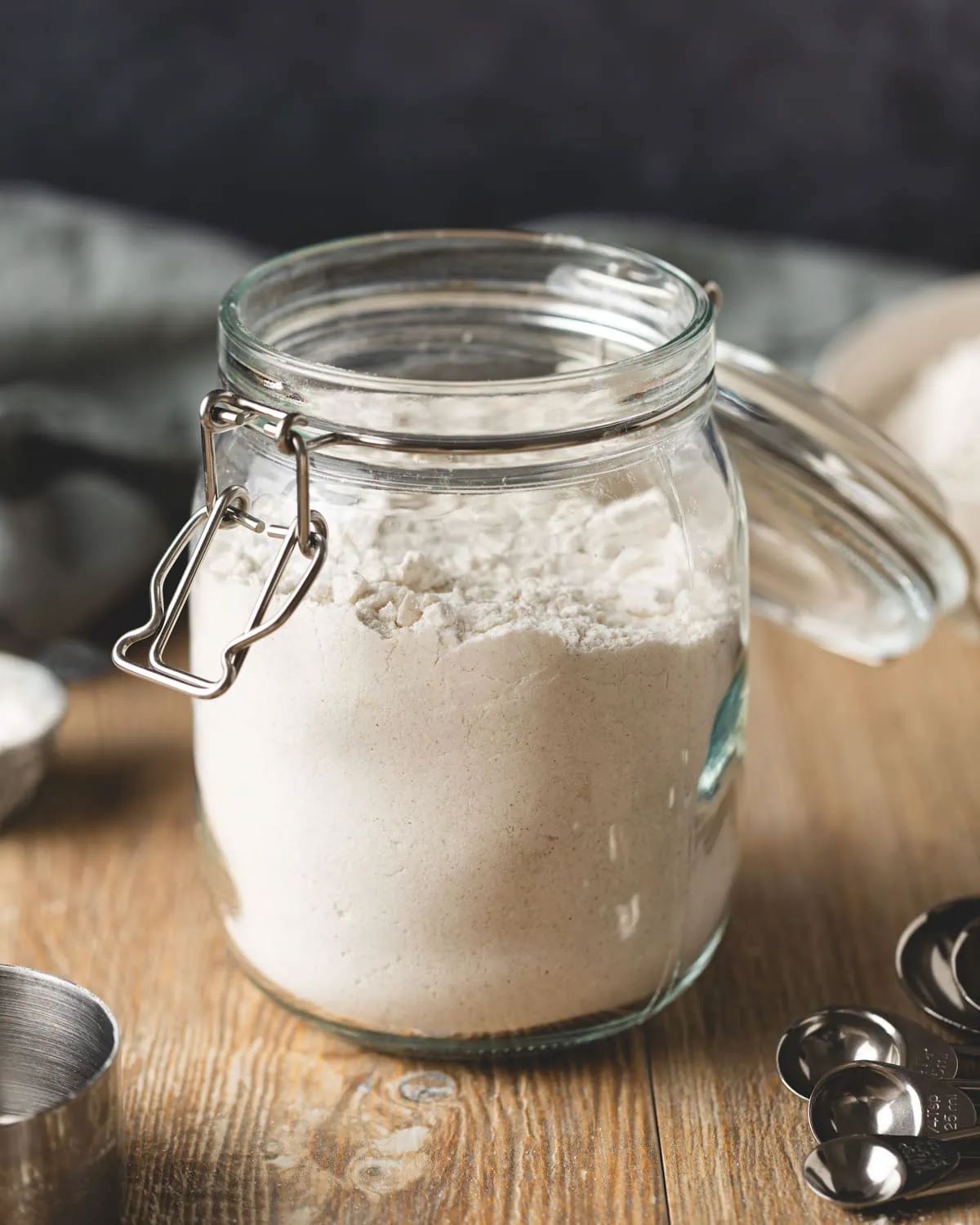
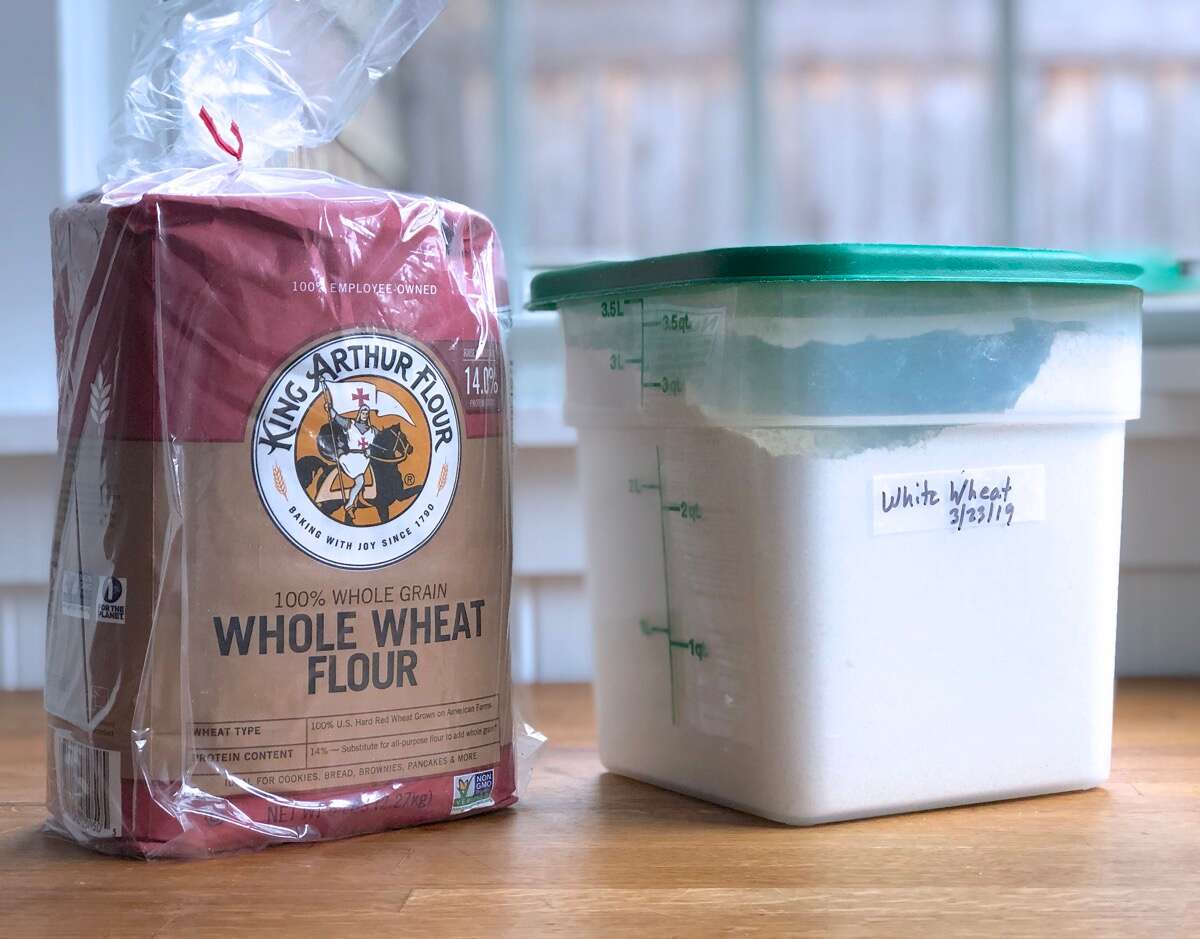
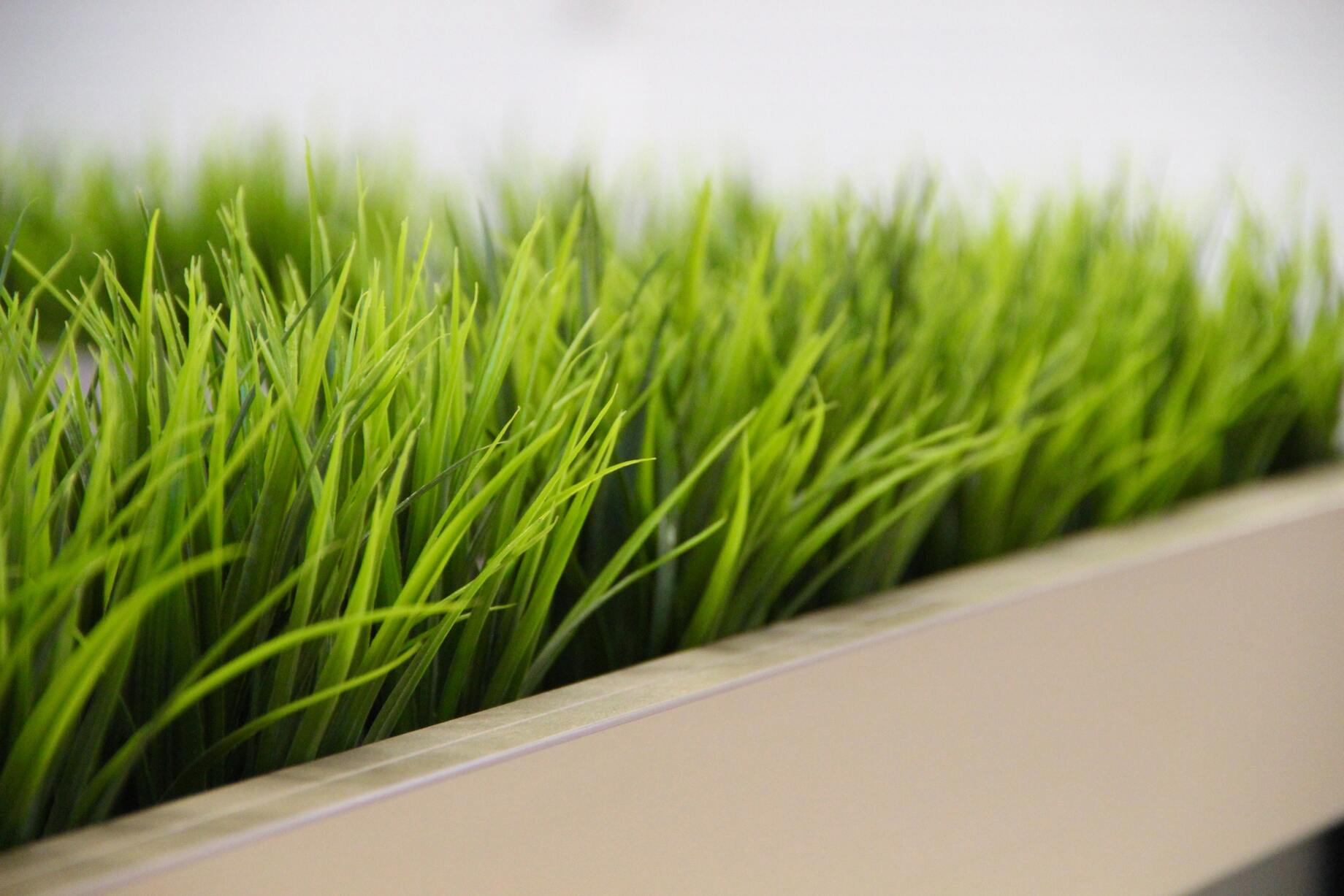
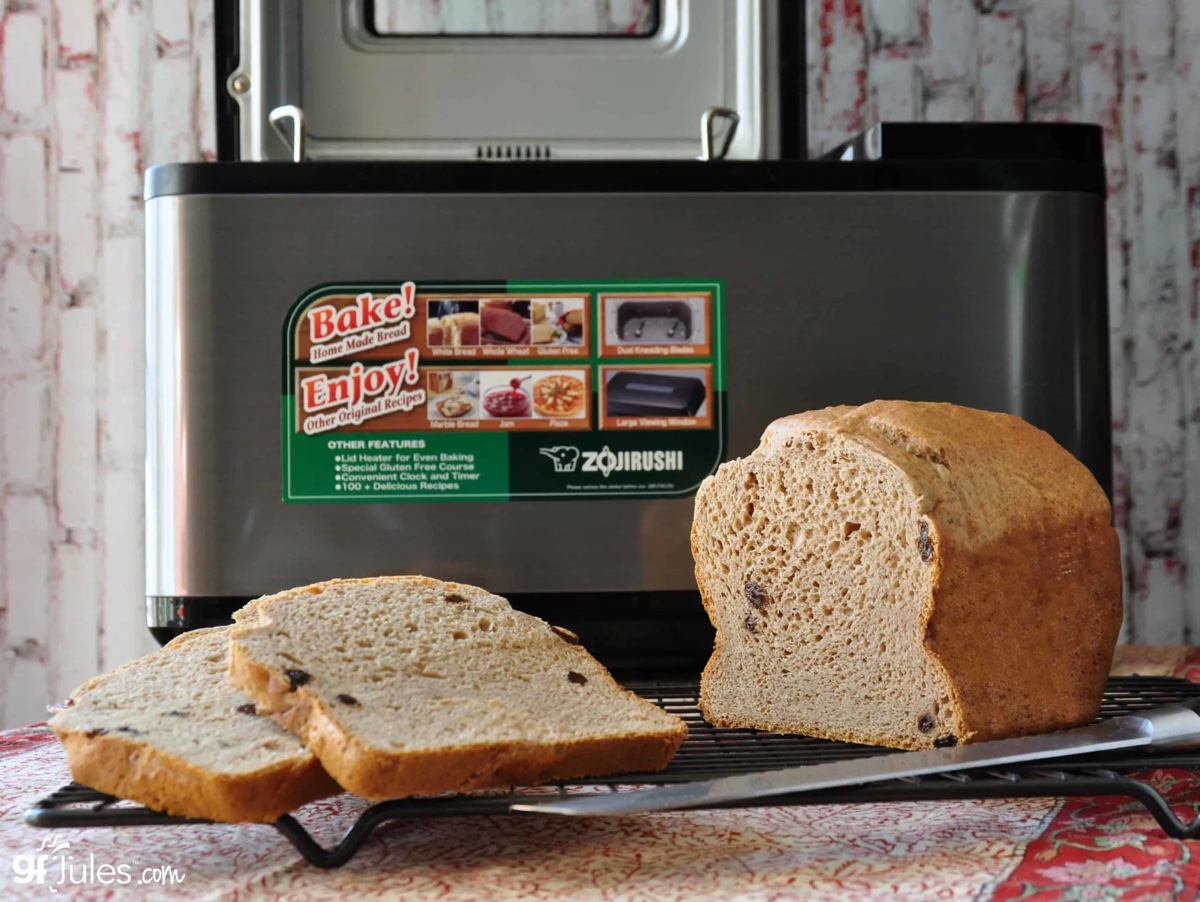

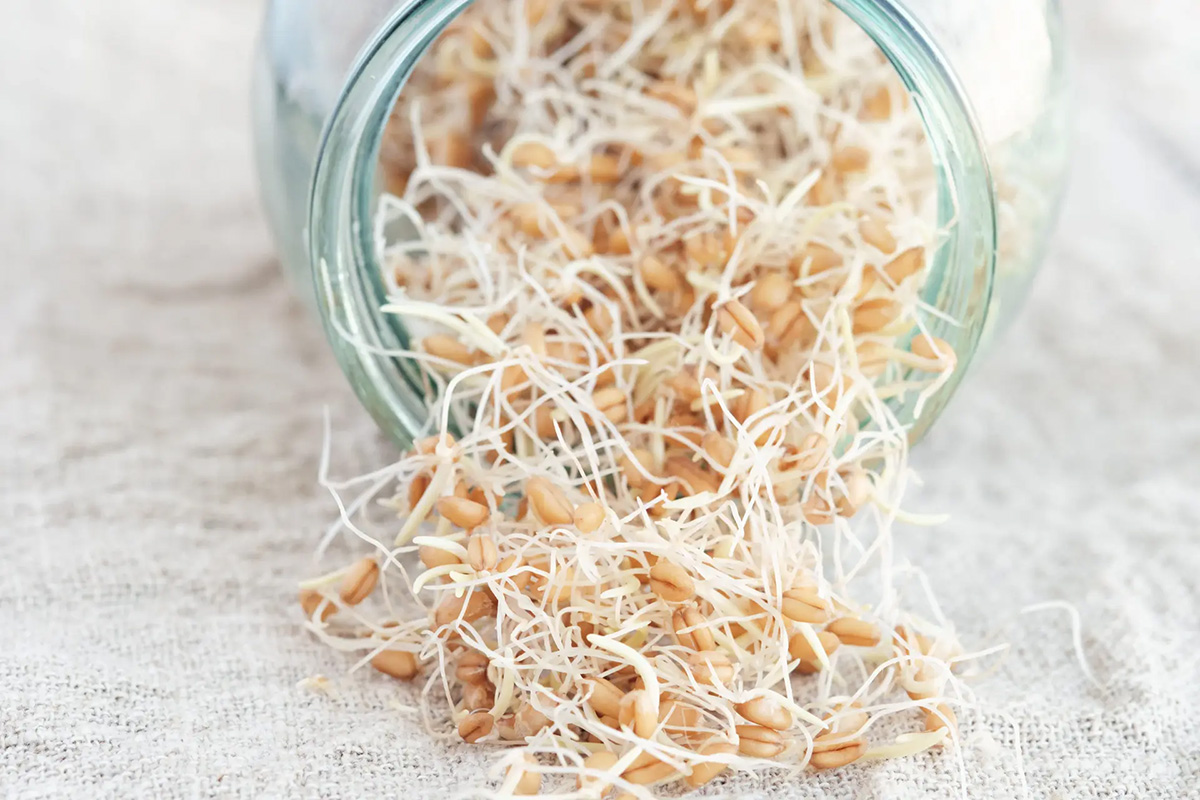


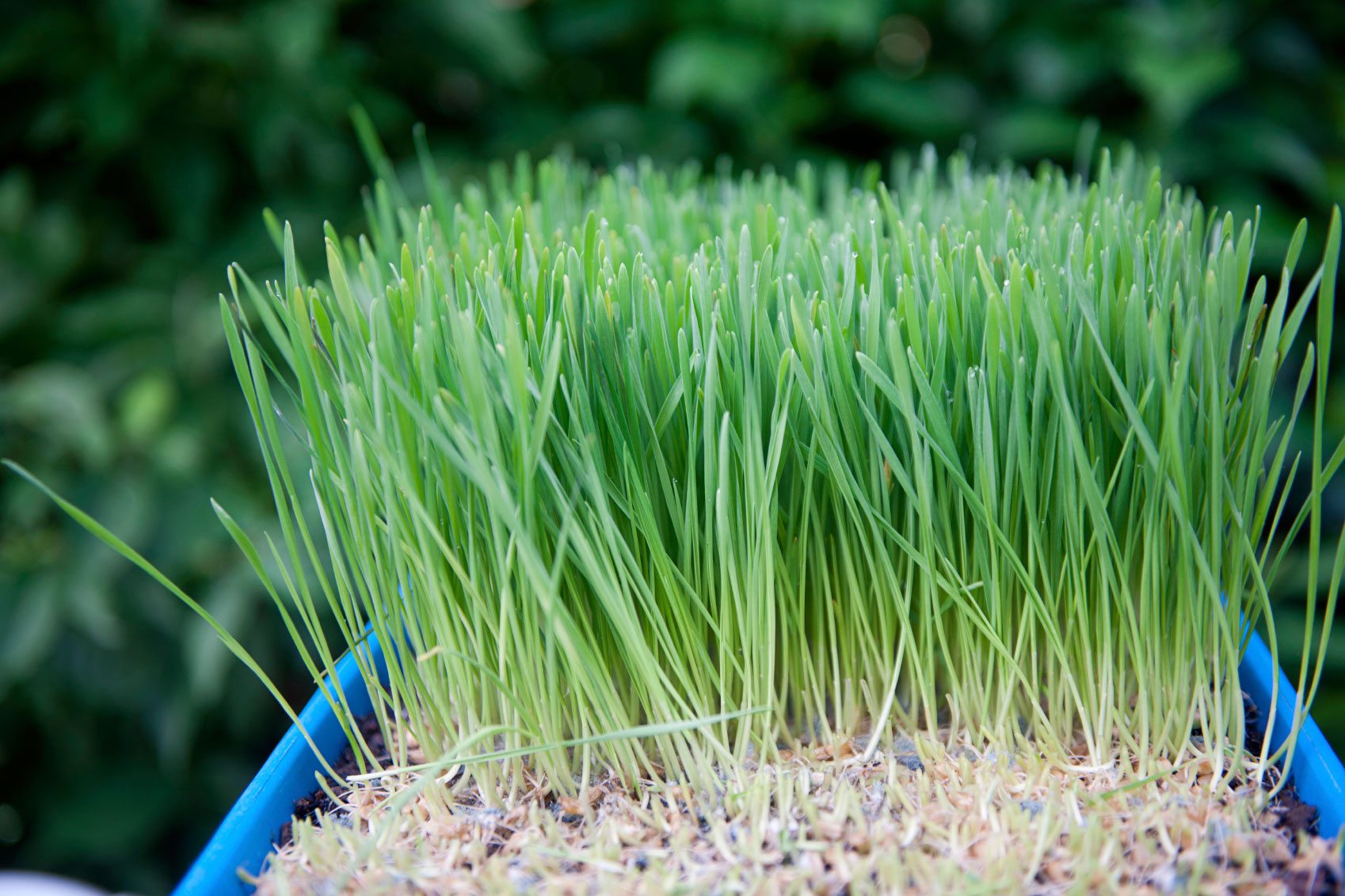
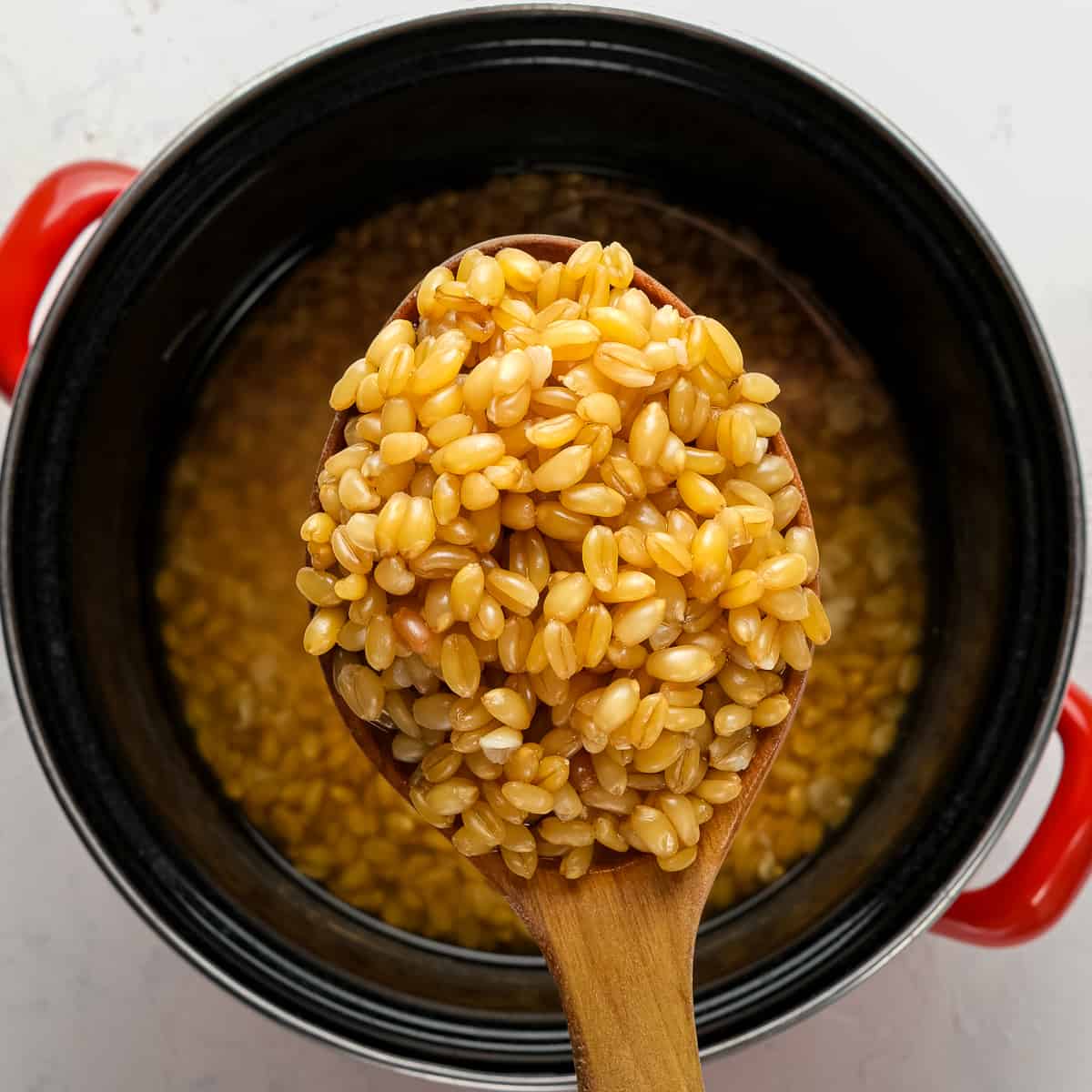
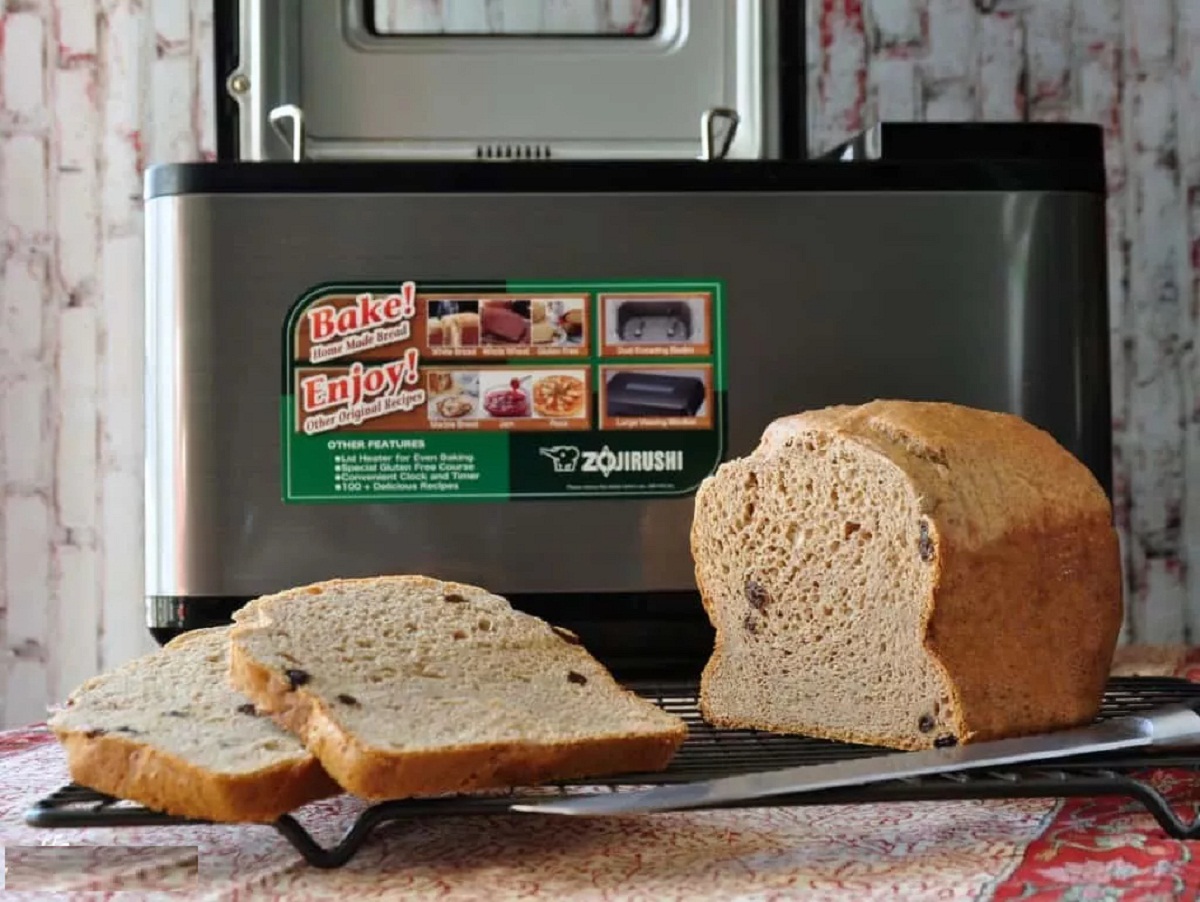
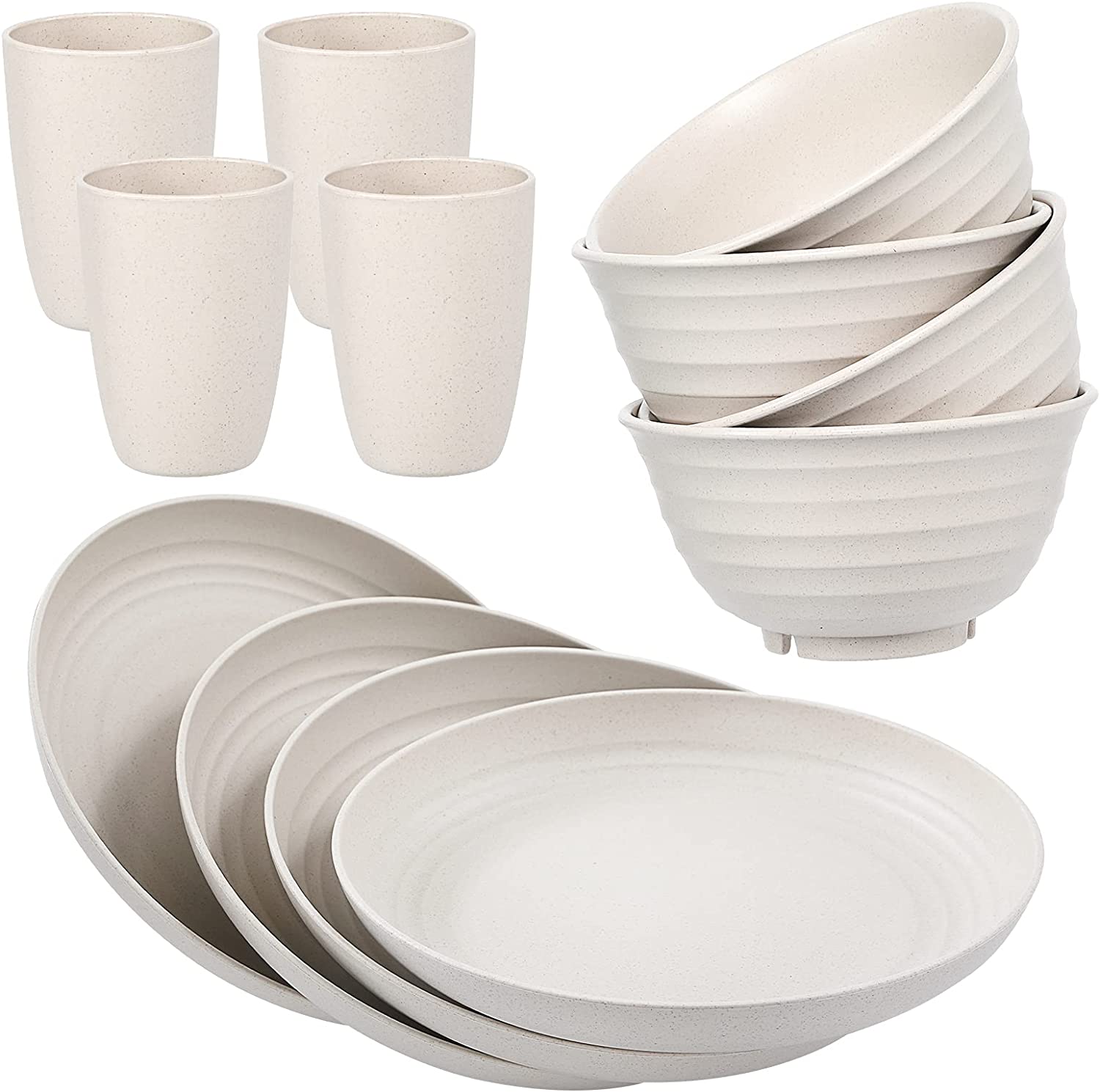
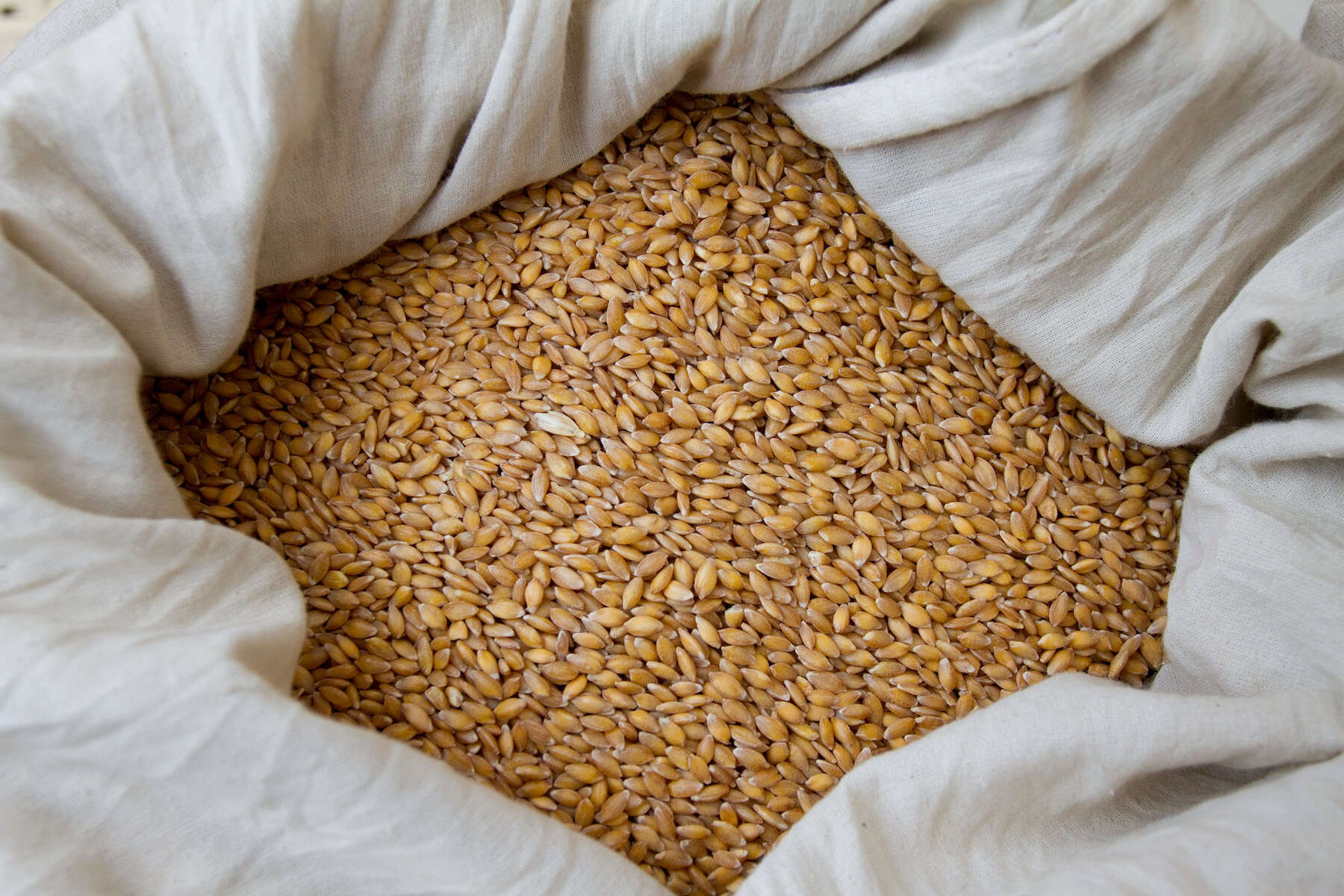

0 thoughts on “How To Store Vital Wheat Gluten”